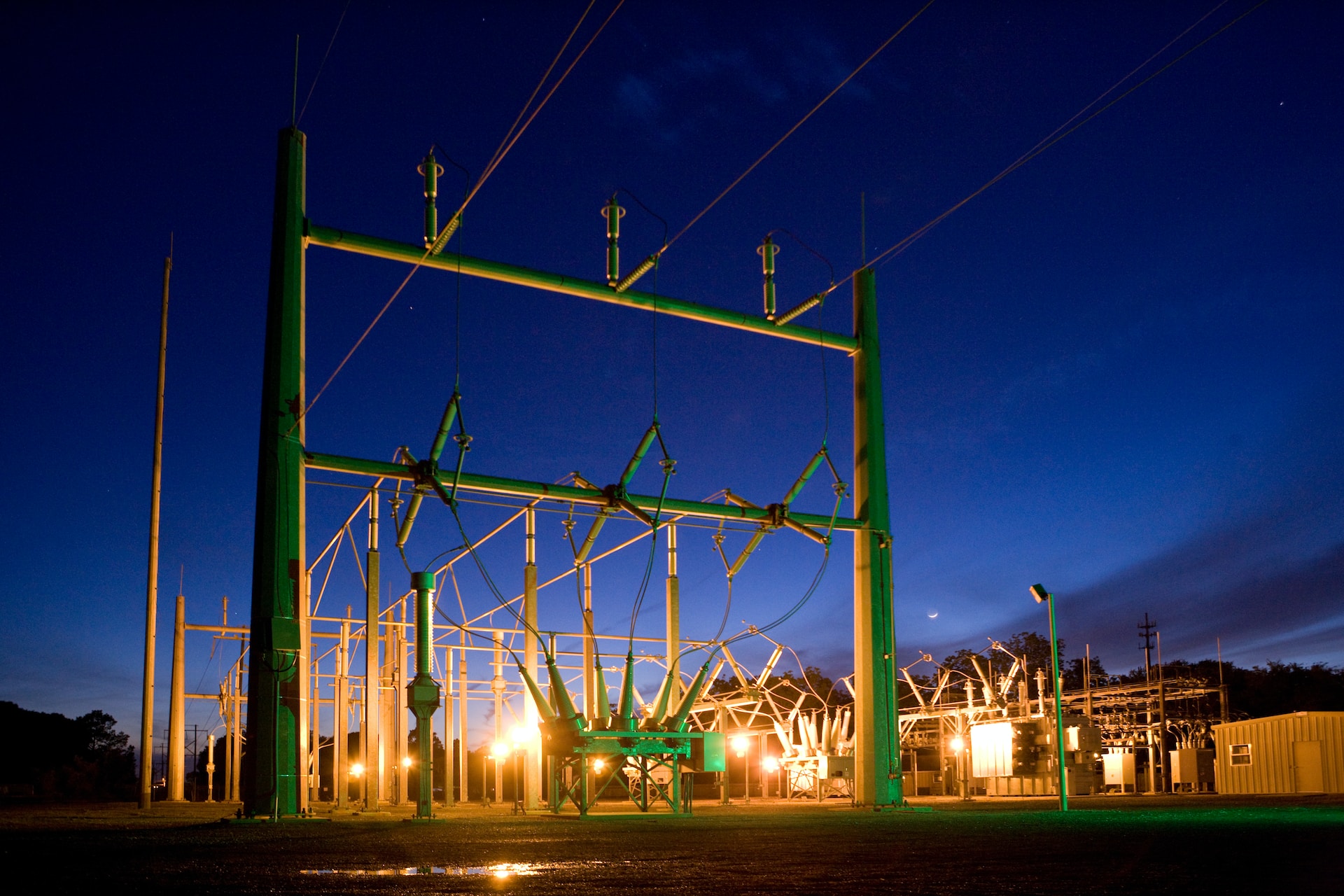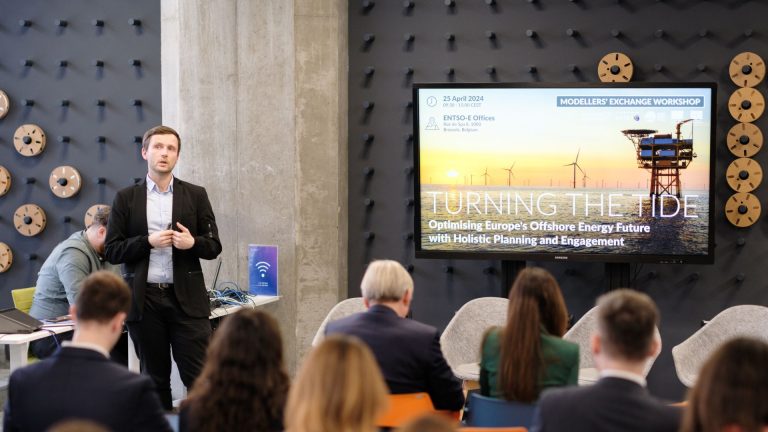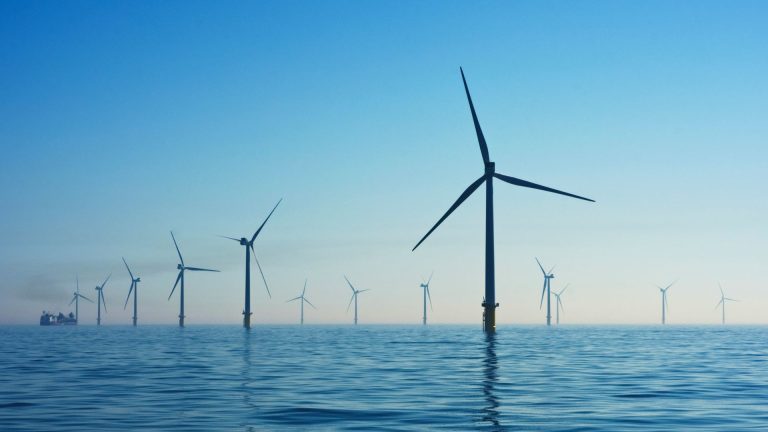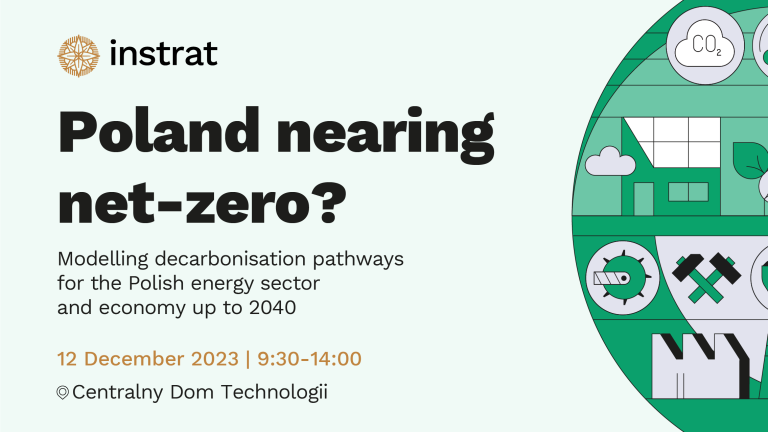Hydrogen production from natural gas is a significant source of greenhouse gas emissions. An alternative in the form of green hydrogen produced by electrolysis is not only an opportunity to decarbonise, for example, the fertiliser industry but also to reduce emissions in other sectors, such as steelmaking or air and maritime transport.
Poland is a significant producer of hydrogen – we are the third- and fifth-largest producer of hydrogen in the EU and globally, respectively. This hydrogen is generated almost exclusively by steam methane reforming. Hydrogen applications in Poland include the industry (chemical, petrochemical, steel) and the food sector. However, the Polish Hydrogen Strategy until 2030 with an outlook until 2040 assumes the expansion of end-uses through the creation of hydrogen valleys and the implementation of low-carbon hydrogen technologies in several sectors, such as power, heating and transport. To ensure the proper development of the domestic hydrogen economy, the Strategy envisages the creation of efficient and secure transmission, distribution and storage infrastructure, as well as a stable regulatory framework. The additional demand for electricity resulting from the operation of electrolysers has recently been included in the draft forecast scenario prepared in the process of updating the Energy Policy of Poland.
However, does the optimistic vision of the development of the national hydrogen economy, encompassing the entire value chain from production to consumption, sufficiently recognise the international dimension? Analyses by, among others, the International Renewable Energy Agency, point to the relatively high cost of hydrogen production in Central Europe due to moderately favourable weather conditions and high population density. Poland is in a particularly difficult position – we need new RES capacity, especially wind capacity, to decarbonise the electricity sector in the first place.
In view of such constraints, some EU countries are also including the import of hydrogen in their strategies – via gas pipelines or by ship in ammonia or liquefied form – from regions with higher RES potential, such as North Africa. As a part of the REPowerEU proposal, it has been indicated that the EU could import up to 10 million tonnes of low-carbon hydrogen per year as early as 2030, a figure equivalent to planned internal production. However, this concept is criticised on the basis of technical and economic arguments.
The international dimension of the Polish Hydrogen Strategy in the broader context of Poland’s energy strategy was analysed by Instrat Foundation experts, Michał Smoleń and Wojciech Żelisko, in the article ‘International Dimension of the Polish Hydrogen Strategy: Conditions and Potential for Future Development’. The article is part of a series of case studies on the international aspect of hydrogen strategies in European and global economies developed within the project ‘Geopolitics of the Energy Transformation: Implications of an International Hydrogen Economy’, coordinated by Yana Zabanova and Rainer Quitzow (The Research Institute for Sustainability, Potsdam).
Key findings:
- The Polish Hydrogen Strategy is a document developed at a very preliminary stage of the development of a low-carbon hydrogen economy in Poland. The adoption of the Strategy has helped to build awareness of this promising sector and has also triggered the necessary legislative processes. However, the document does not sufficiently identify the problems and challenges and avoids prioritising, e.g. in the context of methods of hydrogen production and use.
- The Polish Hydrogen Strategy focuses on the development of the domestic hydrogen market; it almost fails to address issues related to the global hydrogen market and the international competitiveness of hydrogen production in Poland.
- An analysis of the Polish energy policy indicates a pragmatic approach to the import of energy carriers while maintaining an appropriate level of supply diversification. If the global market for low-carbon hydrogen (or ammonia) does indeed develop, Poland may be willing to participate in imports for economic reasons.
- Poland is interested in regional energy cooperation, also to improve energy security. Depending on the direction of technology development, this could mean the development of cross-border hydrogen pipelines.
- Polish economic entities, including state-controlled energy companies, are undertaking initiatives related to participation in the European hydrogen economy, both in the area of research and development and preparations for infrastructure development.
The paper published by the Research Institute for Sustainability – Helmholtz Centre Potsdam can be downloaded [HERE]






